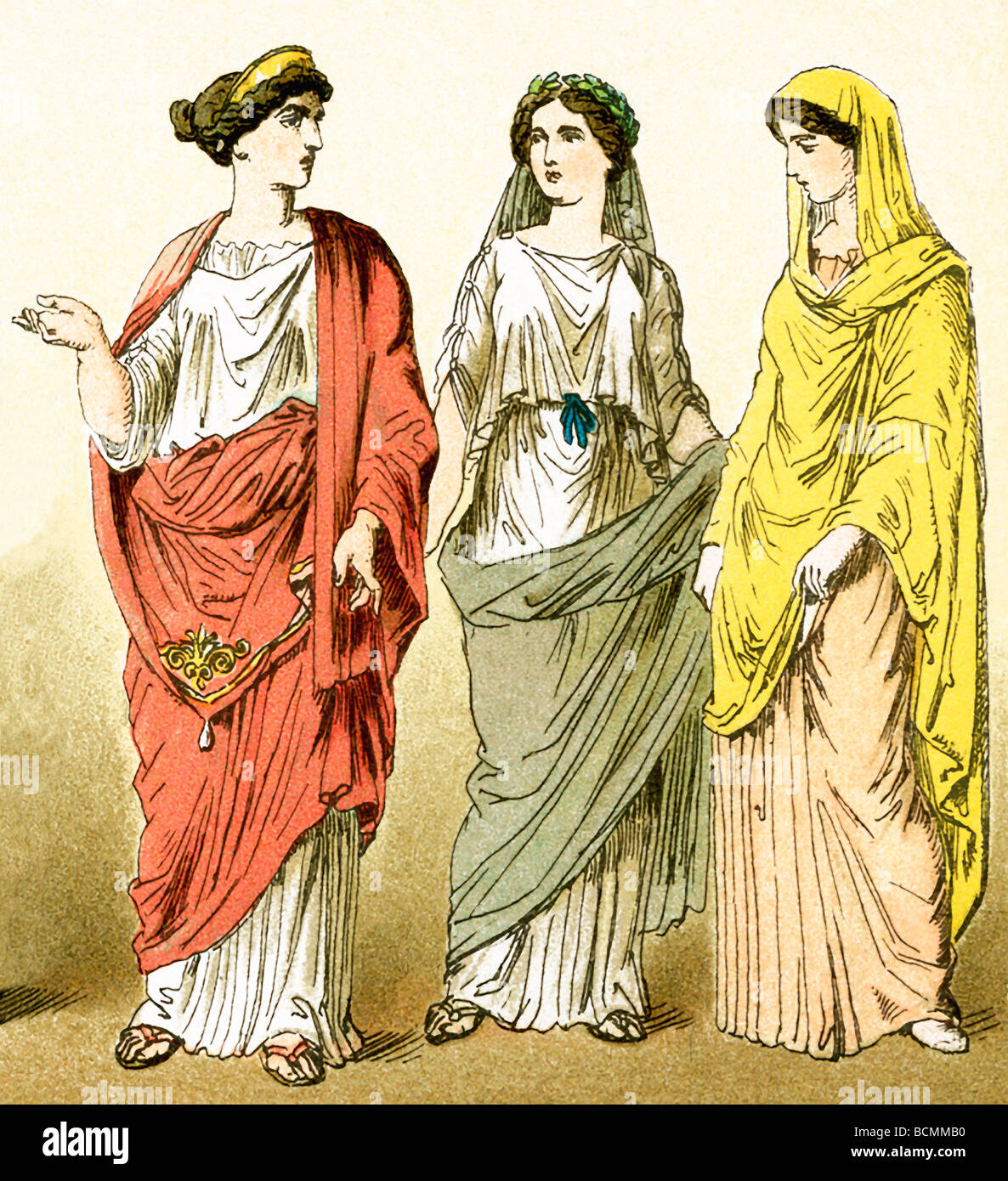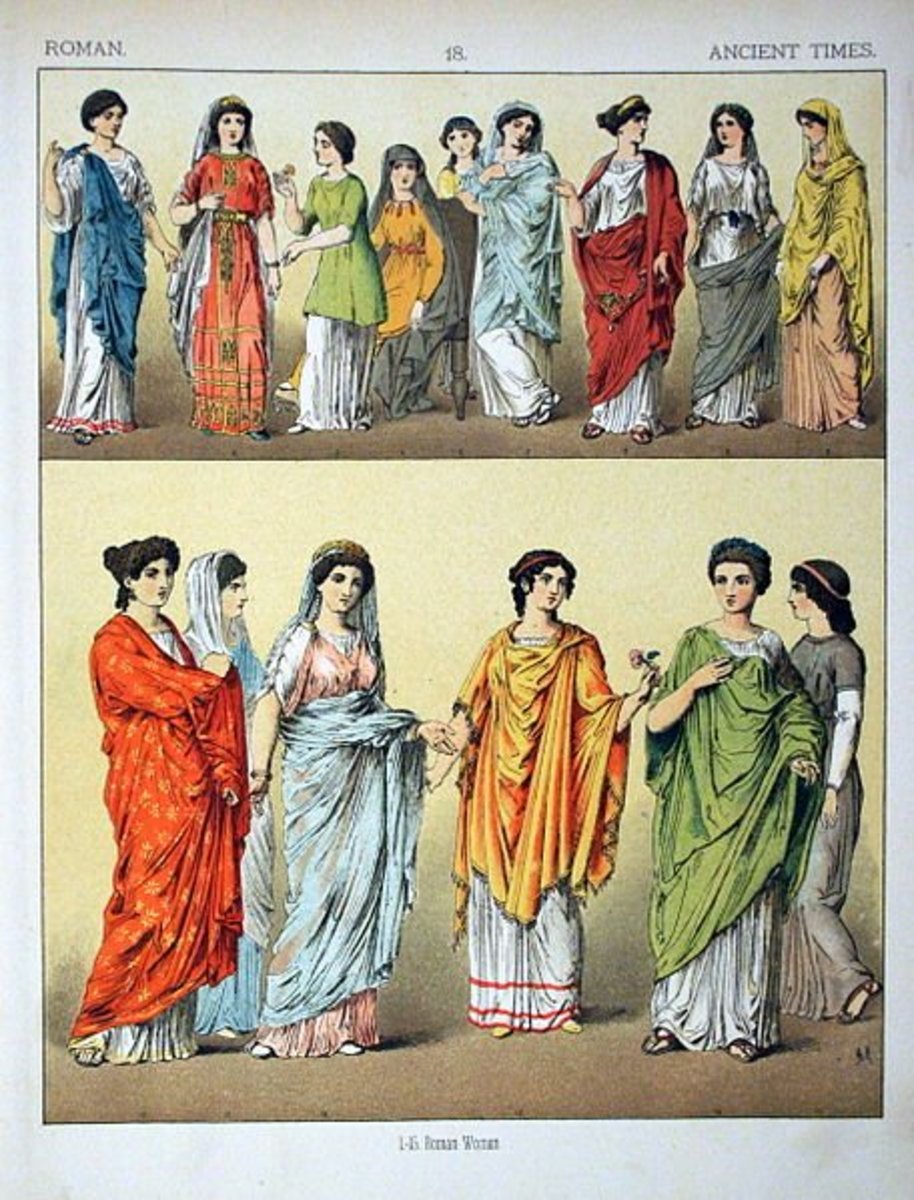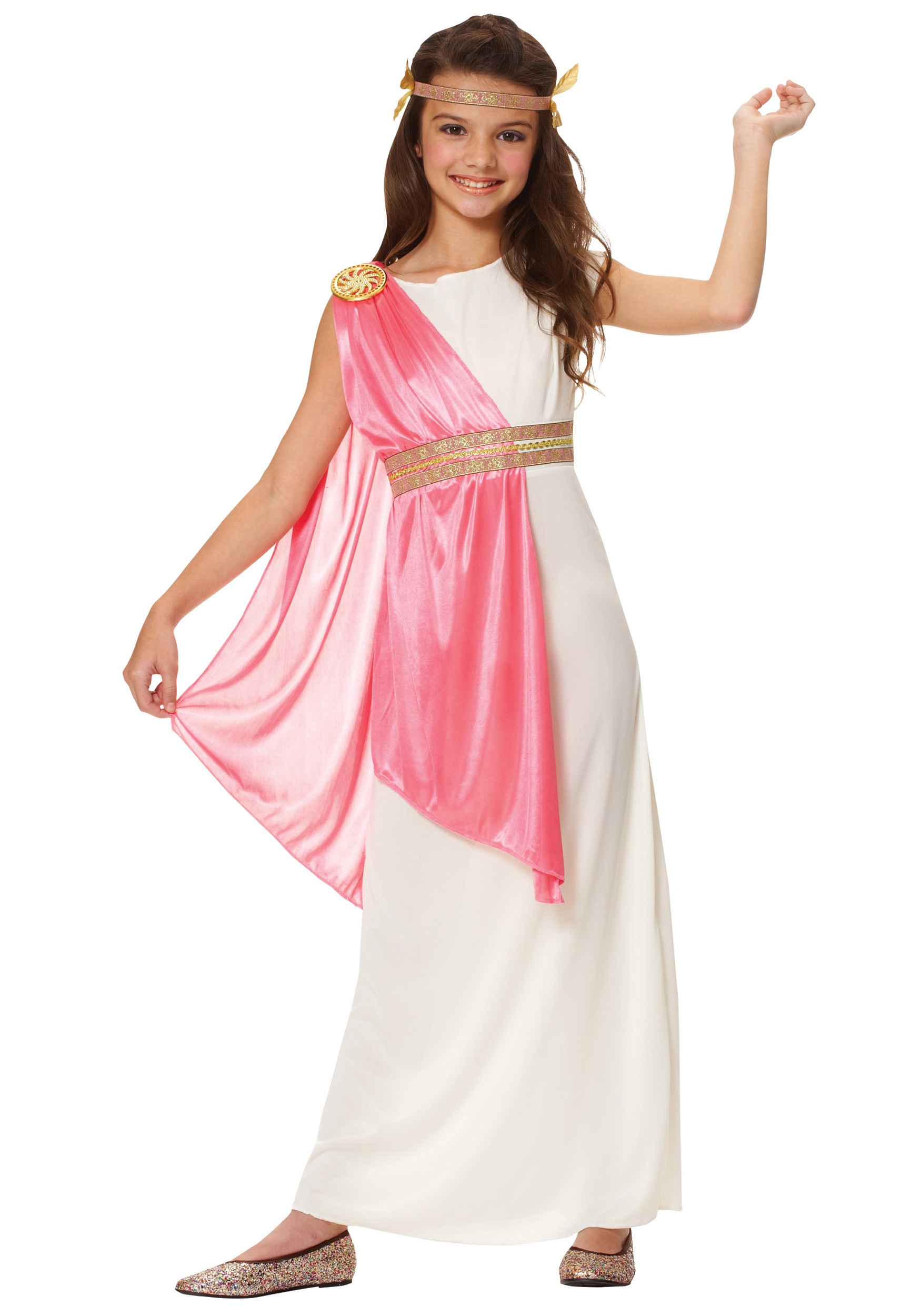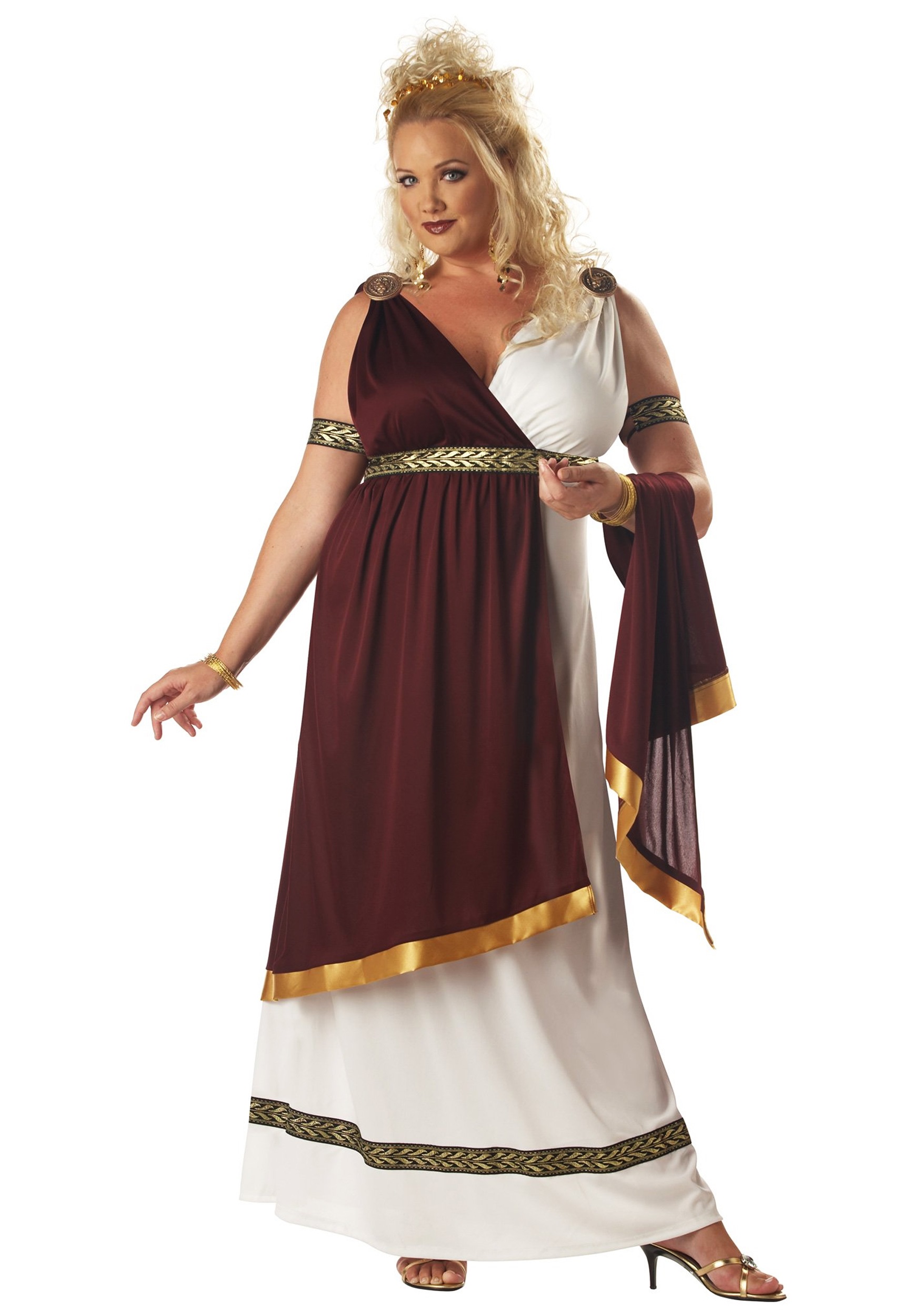Ancient rome clothing hires stock photography and images Alamy

Roman woman Medieval Garb, Medieval Costume, Medieval Dress, Ancient Roman Clothing, Medieval
Of course, Roman women wore jewelry. Jewelry also changed little — these were earrings, bracelets, and beads, sometimes delicate, sometimes somewhat coarse. In late times, they could wear.

Pin by Chan on Kostum yunani Ancient roman clothing, Roman clothes, Ancient rome clothing
The Roman Empire was founded in 27 BC and lasted until the fall of Constantinople in 1453. A vast history, yet not so much is known about Roman women. Roman society is, by definition, a patriarchy where either the father or the husband had the central role both in society and family. Men were citizens of Rome, while women were citizens only.

Pin by The Carolina Trader on ROME Roman clothes, Roman fashion, Greek clothing
Zde/Wikimedia Commons/CC BY-SA 4.0. The stola was emblematic of the Roman matron: adulterers and prostitutes were forbidden to wear it. The stola was a garment for women worn under the palla and over the undertunic. It was usually wool. The stola could be pinned at the shoulders, using the undertunic for sleeves, or the stola itself could have sleeves.. The picture shows a tombstone bust with.

Ionic chiton. Love love love that fabric! Roman fashion, Greek fashion, Roman dress
Clothing in ancient Rome was primarily made of wool, which was produced both in the home and commercially throughout Italy and much of the Roman Empire. Sometimes clothes were made from rare materials such as linen from Egypt, cotton from India, and silk from China. Men generally wore white or off-white colored clothing, while women wore white.

Roman Woman Garb no idea on accuracy but I like all the jewelry blending Roman fashion
Roman lingerie had several terms, which was probably due to the many shapes and forms of clothing. It was defined as: subligar, subligaculum , campestre, licium or cinctus . Women wore simple bras in the form of a tight and tightly tied bust material ( fascia pectoralis - under clothing, mamillare or subligar ) and under the bust and on clothing ( strophium, mamillare, cingulum ).

Ancient rome clothing hires stock photography and images Alamy
While the tunic was considered a simple cloth, or often even an underclothes, the stola was something that Roman ladies saw as the "real" dress. Stolas were long dress-like garments, usually with short sleeves, held together with clasps called fibulae and with a beautiful flounce on its bottom. They were fastened by a girdle high above the waist.

Ancient Dresses Fór Women Stola Pin on Ancient RomeFashion History
Roman women were supposed to be presentable and to wear clothes that matched their status, whether as. or as a lower class citizen, freedwoman (former slave), or slave. In early Rome both men and women wore togas but at some point, the toga became a male-only garment. For most of ancient Roman history, respectable Roman women wore the stola.

What did Roman Women wear on special occations? Dresses Images 2022
Here is some information on the clothing of Greek and Roman women. 01. of 08. A Quick Look at Clothing for Roman Women. DEA / G. DAGLI ORTI / Getty Images. The basic clothing for Roman women consisted of the tunica interior, stola, and palla. This applied to respectable Roman matrons, not prostitutes or adulterers. Matrons could be defined as.

Pin on roman 1st c.
Discover women's clothing from trendy fashion to classic styles at Roman. Shop our outfits for women online today.

Girls Ancient Roman Empress Costume Roman Costumes
Elagabalus (218-222 ce) was the first Roman emperor to wear silk. Later, looms were set up to weave silk, but China retained control of sericulture, exporting only silk thread or fabric, both of which were expensive. The art of dyeing and knowledge of the use of mordants was now more extensive. The famous dye of the Classical world was Tyrian.

Ancient Roman Women's Clothing. (Peter Connolly/Rome/user Aethon) Rome Fashion, Greek Fashion
Freeborn women in ancient Rome were citizens ( cives ), [2] but could not vote or hold political office. [3] Because of their limited public role, women are named less frequently than men by Roman historians. But while Roman women held no direct political power, those from wealthy or powerful families could and did exert influence through.

Women's Plus Size Roman Empress Costume
Statue of the Emperor Tiberius showing a draped toga of the 1st century AD. Clothing in ancient Rome generally comprised a short-sleeved or sleeveless, knee-length tunic for men and boys, and a longer, usually sleeved tunic for women and girls. On formal occasions, adult male citizens could wear a woolen toga, draped over their tunic, and married citizen women wore a woolen mantle, known as a.

Ancient Dress, Ancient Rome, Ancient Greece, Ancient History, Ancient Carthage, Historical
Description The stola was a long, pleated, sleeveless robe that could be worn by Roman wives ( matronae ). It was worn as a symbol and represented a woman's marital status, and it was also worn by the Roman Vestal priestesses. [14] [15] There are no physical remains of any stola.

Roman Matron 1st century A.D. Roman clothes, Roman women dress, Ancient roman clothing
ON THE GRAM #RWCO. Join the #RWCOmmunity and discover our feed for the latest trends and fashion inspo. Shop for women's clothing online at RW-CO.com. The latest in women's fashion for the office, special occasions & casual outings. Find tops, pants, blazers, dresses & more.

Women's Classic Roman Toga The Costume Shoppe
The ancient Roman woman wore varieties of accessories such as: 1.ornate necklaces 2.armlets 3.anklets 4.breast chains 5.brooches 6.and jeweled buttons Ancient Roman Women's Fashion: Fashionable upper-class women wore considerable amounts of jewelry.

Ancient Roman dress Etsy Roman clothes, Roman dress, Roman fashion
Instead, everyday ancient Roman clothing would have consisted of tunics, cloaks, and mantles (informal draped cloth). Most Romans would have owned at least one woolen cloak. Roman cloaks were worn pinned at one shoulder (chlamys) or joined at the front with a hood (birrus). Women also wore a type of cloak known as the palla. This was a draped.